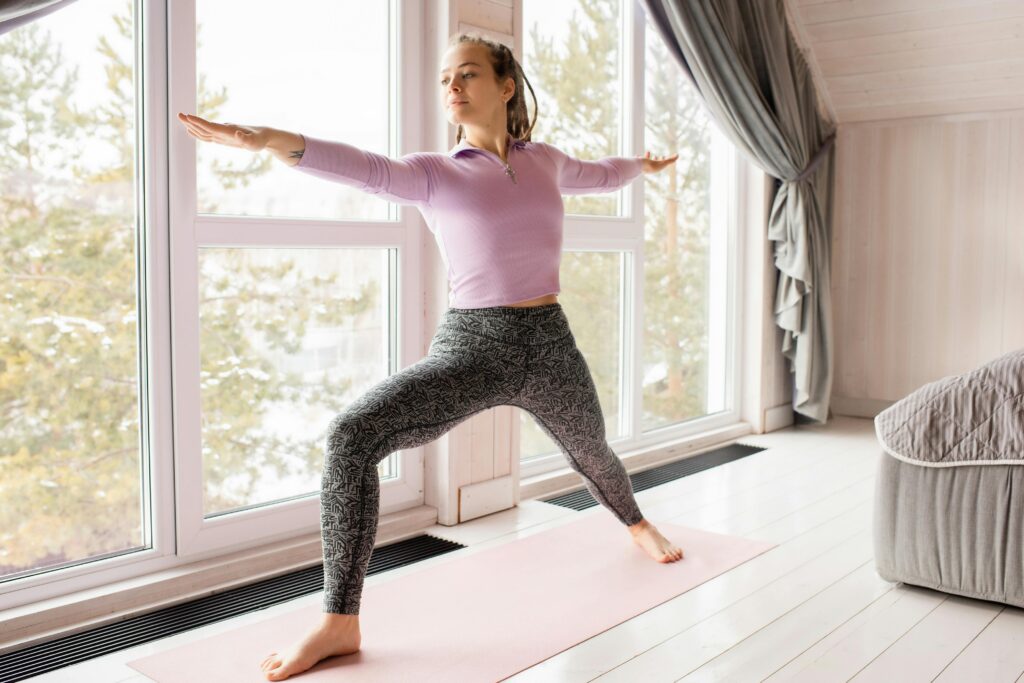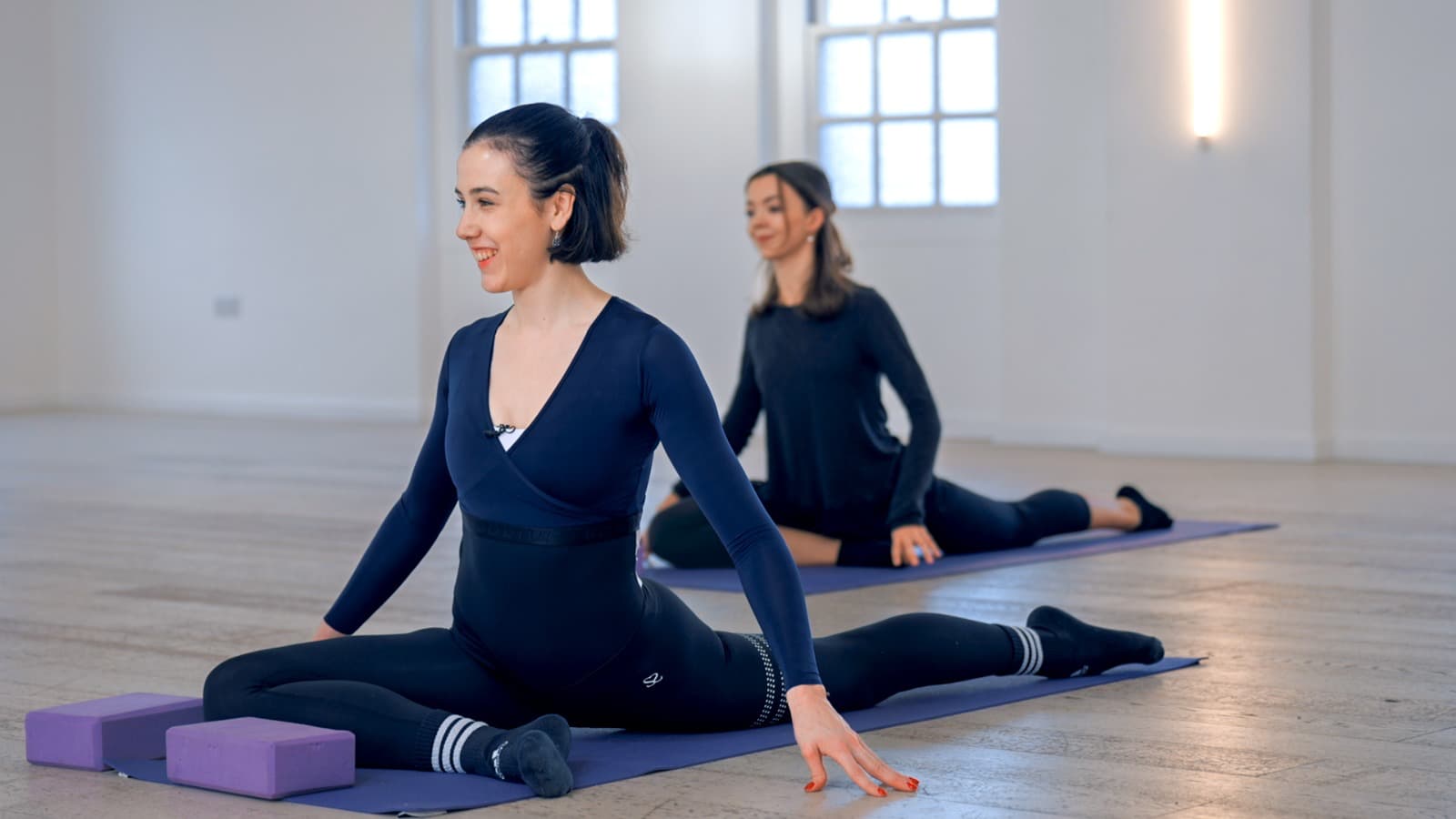In the world of ballet, where grace and precision meet athleticism and strength, the importance of core stability cannot be overstated. A strong, stable core is the foundation of every movement, from the simplest plié to the most complex grand jeté. But what exactly is core stability, and why is it so crucial for ballet dancers? Here, Ballet With Isabella will look into the benefits of a stable core, explore how it impacts various aspects of ballet technique, and provide examples of exercises that can help dancers strengthen their core.
The Importance of Improving Your Core Stability
Core stability refers to the strength and control of the muscles surrounding the spine, pelvis, and hips, which are collectively known as the “core.” These muscles include the abdominals, lower back muscles, pelvic floor, and diaphragm. In ballet, a stable core provides the necessary support for maintaining balance, executing precise movements, and preventing injury.
Ballet demands a high level of control, fluidity, and strength, all of which are directly influenced by the condition of a dancer’s core. Without a strong core, it becomes challenging to maintain proper alignment, execute movements with precision, or sustain the stamina required for long rehearsals and performances.
Benefits of a Core Stability Exercises in Ballet
- Stability in Different Ballet Techniques
A stable core is essential for mastering various ballet techniques. Whether you are performing a slow adagio or a fast-paced allegro, core stability ensures that your movements are controlled and centred. For example, during pirouettes, the core muscles help you maintain balance and control as you spin, allowing you to complete multiple turns with precision. In grand jetés, the core provides the strength needed to lift and extend your legs fully while keeping your upper body poised and graceful.
- Hypermobility
Many ballet dancers are naturally hypermobile, meaning they have a greater range of motion in their joints. While this can be advantageous for achieving beautiful extensions and lines, it also comes with the risk of injury if not properly managed. A strong core helps to stabilise hypermobile joints, reducing the likelihood of strains and sprains. By engaging the core during movements, hypermobile dancers can maintain control over their joints, preventing them from overextending and causing harm.
- Control
Control is a hallmark of a skilled ballet dancer, and it begins with the core. The ability to control your body during intricate movements, such as balances and holds, depends heavily on core strength. For instance, when holding an arabesque, the core muscles engage to keep the torso upright and aligned, allowing the dancer to maintain the position without wobbling or losing balance. This level of control is crucial for executing clean, precise movements that appear effortless on stage.
- Strength
While ballet may appear graceful and light, it requires immense physical strength, particularly in the core. A strong core supports the spine, reducing the strain on other muscle groups and allowing the dancer to perform demanding movements with greater ease. Core strength is especially important during lifts and jumps, where the dancer must generate power from their centre to achieve height and distance. Additionally, a strong core contributes to the overall muscular endurance needed to perform long sequences without fatigue.
- Endurance and Stability
Endurance and stability go hand in hand in ballet. A stable core allows dancers to maintain their form and technique throughout extended periods of dancing, whether in rehearsal or performance. This endurance is essential for avoiding fatigue, which can lead to sloppy technique and increased risk of injury. For example, during an extended sequence of petit allegro, the core muscles work tirelessly to keep the body aligned and stable, ensuring that each jump is executed with precision and control.
- Coordination
Ballet is a highly coordinated art form, requiring the synchronisation of multiple muscle groups to create fluid, harmonious movements. The core plays a central role in this coordination by linking the upper and lower body, allowing for seamless transitions between movements. Whether you’re performing a complex combination of turns and jumps or simply moving from one position to another, a strong core ensures that your movements are smooth and well-coordinated.
- Improved Flexibility
Flexibility is a key component of ballet, and a stable core can enhance this attribute. By supporting the spine and pelvis, the core allows for greater flexibility in the legs and back. For example, a dancer with a strong core will be able to achieve higher leg extensions and deeper backbends while maintaining control and alignment. This combination of flexibility and stability is crucial for executing advanced ballet movements with precision and grace.
Exercises to Improve Your Core Stability for Ballet
To build a strong and stable core, dancers can incorporate specific exercises into their training regimen. Ballet With Isabella offers a range of classes that focus on core strength, including Floor Barre & Core and Ballerina Core for advanced level dancers.
- Floor Barre & Core: This functional ballet movement class combines elements of ballet with floor exercises to target the core muscles, including abs and obliques as well as the upper body. Exercises such as leg lifts, planks, and controlled stretches help to build strength and flexibility, supporting the dancer’s overall technique and body conditioning.
- Ballerina Core: This is a quick 20 minute class that focuses on core exercises is a great class to do before you train or when you’re on short breaks. Movements like abdominal and hip flexor exercises, alignment movements, and cardio exercises are used to develop a strong, stable core that can support the demands of ballet.
Isabella McGuire Mayes, the founder of the online ballet studio Ballet With Isabella, trained at The Royal Ballet School and the Vaganova Ballet Academy, bringing her extensive knowledge and experience to dancers worldwide. Our classes are designed to help dancers of all levels achieve their goals, whether they are beginners looking to build a foundation or advanced dancers seeking to refine their technique.
Core stability is not just important in ballet—it is essential. A strong, stable core provides the foundation for every movement, enhancing stability, control, strength, endurance, coordination, and flexibility. By incorporating targeted exercises into your training, you can develop a core that supports your ballet technique and allows you to perform with confidence and grace. Whether you are a beginner or an experienced dancer, investing in your core strength will pay dividends in your ballet practice and performance.
Sign up for your free trial today and experience the difference that Ballet With Isabella can make! Remember, as an extra gift towards pursuing your passion for ballet, you get 20% off your fees when you choose an annual membership!




